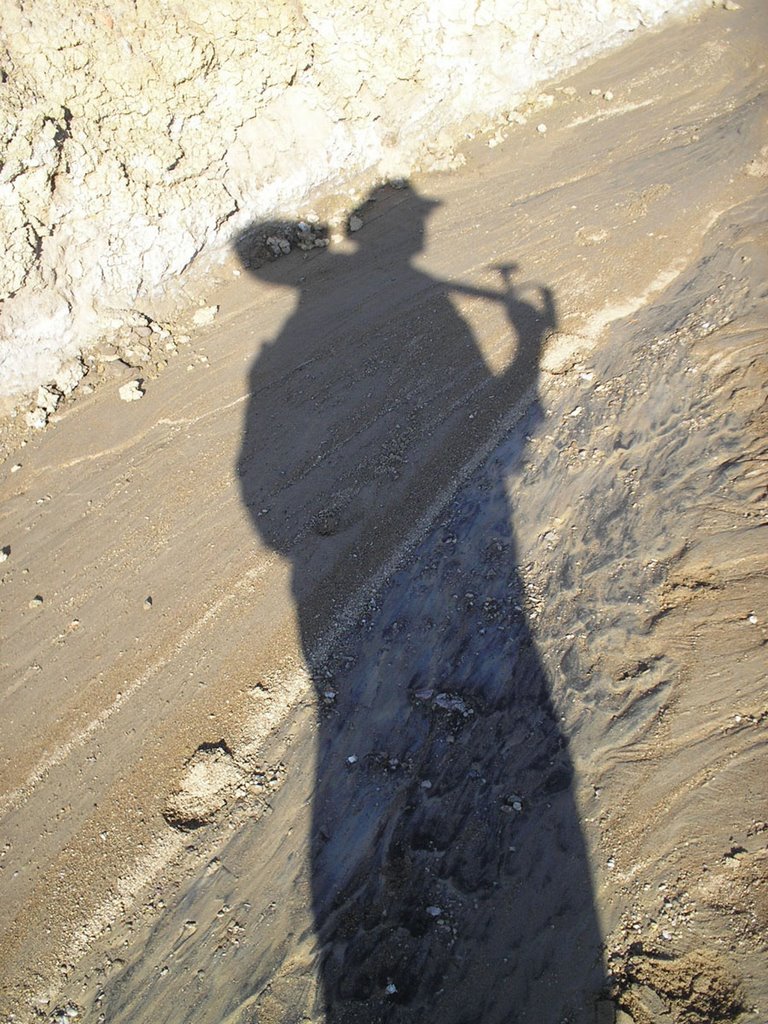Dr. Vector reviews Serenity
I saw Serenity for the second time last weekend, and I had a good chance to really appreciate just how damn well-written it is. Every conversation does some work, advancing the characterization or the plot or usually both at once. Most of them are such good back-and-forths that they remind you of the best writing by Leigh Brackett (The Big Sleep, The Empire Strikes Back) and Orson Scott Card (the later Shadow novels), where you can scarcely believe that this amazing exchange could come out of the head of a single, sane human being. But the movie doesn't feel like a philosophical exercise or a clockwork gadget or a sheer creative stunt, as tightly-written movies often do (I'm thinking here of The Matrix, The Maltese Falcon, and Adaptation, respectively). It feels like watching your favorite team play a close championship game against their nemesis. (I would have said it feels like a roller-coaster, but that has been so overused that it actually doesn't mean anything any more; it's lost its ability to provoke any response other than boredom or contempt.) There are no down times, no boring parts, never a moment where what's going on on screen isn't important, even urgent (keep in mind that I'm still talking about the conversations here--I haven't gotten to the action yet).
Oh, yeah, the action. Another thing that has become way too cliche in the last few years is to say of a movie that "every fight tells a story". That was splattered all over the promotional material for the Star Wars prequels, but there and everywhere else the phrase is just empty verbiage. As entertaining as it is to watch, when Obi-Wan and Jango Fett duke it out, you don't learn anything about them as people. They might as well be wind-up toys pointed at each other and released. The only question is, which one is going to get to pull the trump move. Don't get me wrong, fights like that can still be thrilling, but they're good for the gut, not the head, and sometimes you find your brain thinking treacherous thoughts, like "this isn't as engaging as it's supposed to be".
Contrast that to the fights in Serenity, particularly between Mal and the operative, where in the course of the fights you learn something about the political leanings, personal philosophies, histories, motivations, and limits of both combatants (in addition to watching them open up big cans of ball-stomp). Real, important information is conveyed. The fights really do tell a story--or, more honestly, the ongoing story continues to be told through the fight, instead of being interrupted for a set-piece battle. That was a real problem with the Star Wars prequels. They were long series of set-piece battles, with precious little space in between to, you know, tell a story. Develop the characters. Make them more than mouthpieces for
dumb, transparently expository dialogue.
But it would be misleading to say of Serenity that every fight tells a story. It's more accurate to say that every _thing_ tells a story. The whole alchemical stew of scenery, shot, camera movement (did I mention how well-directed the movie is?), dialogue, character, plot, action, fx--it's all one big, intricate machine, like some Rennaissance mechanism of nested, rotating rings. The machine's function is to draw you into another universe, give you something to invest in, and then return your investment many times over.
What more do you want? Go see the damn movie.
Oh, yeah, the action. Another thing that has become way too cliche in the last few years is to say of a movie that "every fight tells a story". That was splattered all over the promotional material for the Star Wars prequels, but there and everywhere else the phrase is just empty verbiage. As entertaining as it is to watch, when Obi-Wan and Jango Fett duke it out, you don't learn anything about them as people. They might as well be wind-up toys pointed at each other and released. The only question is, which one is going to get to pull the trump move. Don't get me wrong, fights like that can still be thrilling, but they're good for the gut, not the head, and sometimes you find your brain thinking treacherous thoughts, like "this isn't as engaging as it's supposed to be".
Contrast that to the fights in Serenity, particularly between Mal and the operative, where in the course of the fights you learn something about the political leanings, personal philosophies, histories, motivations, and limits of both combatants (in addition to watching them open up big cans of ball-stomp). Real, important information is conveyed. The fights really do tell a story--or, more honestly, the ongoing story continues to be told through the fight, instead of being interrupted for a set-piece battle. That was a real problem with the Star Wars prequels. They were long series of set-piece battles, with precious little space in between to, you know, tell a story. Develop the characters. Make them more than mouthpieces for
dumb, transparently expository dialogue.
But it would be misleading to say of Serenity that every fight tells a story. It's more accurate to say that every _thing_ tells a story. The whole alchemical stew of scenery, shot, camera movement (did I mention how well-directed the movie is?), dialogue, character, plot, action, fx--it's all one big, intricate machine, like some Rennaissance mechanism of nested, rotating rings. The machine's function is to draw you into another universe, give you something to invest in, and then return your investment many times over.
What more do you want? Go see the damn movie.

